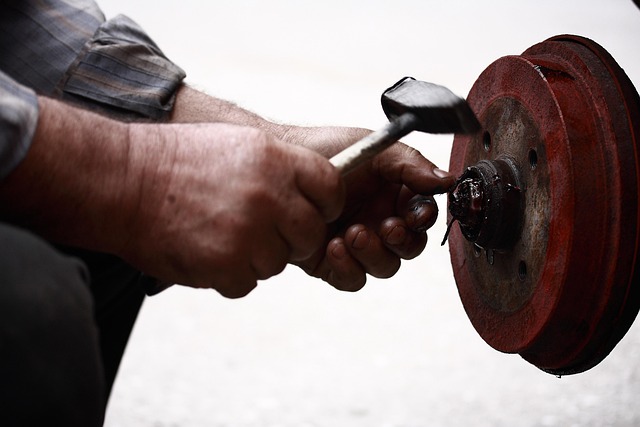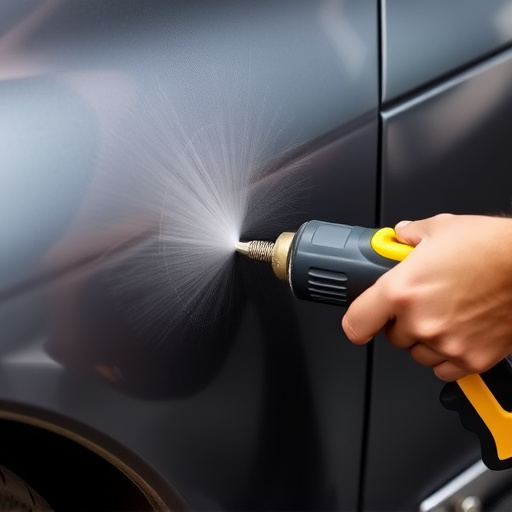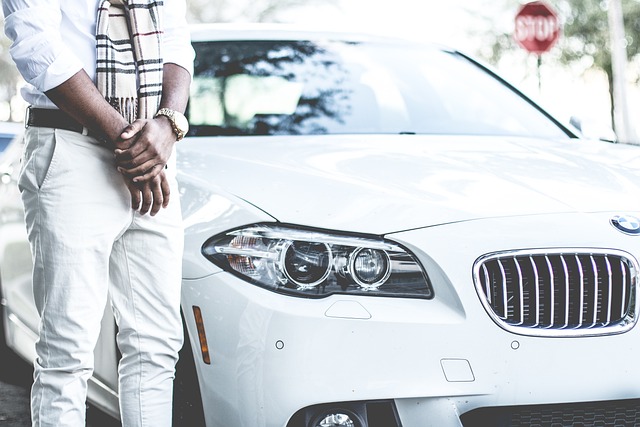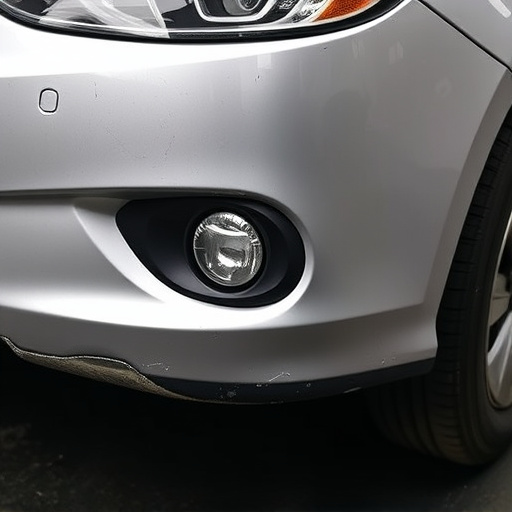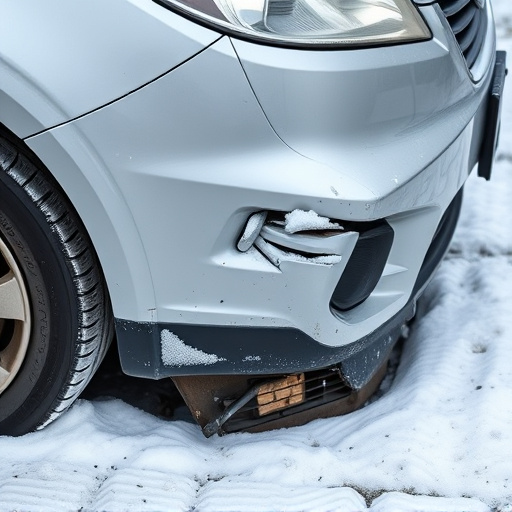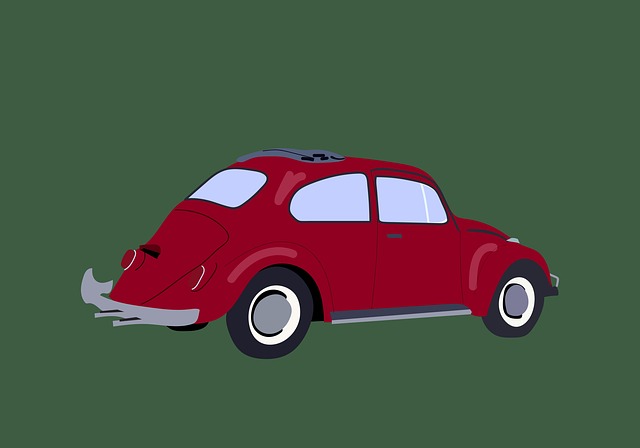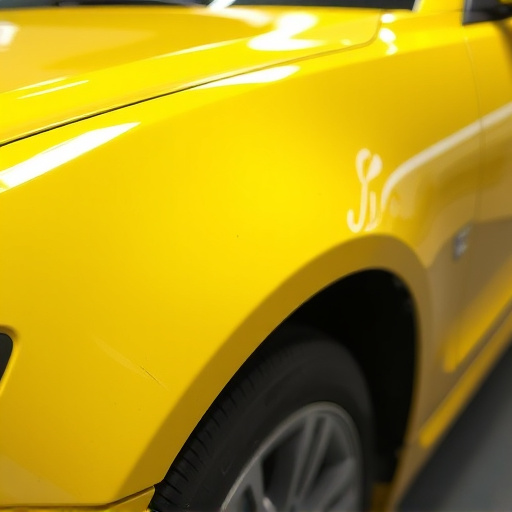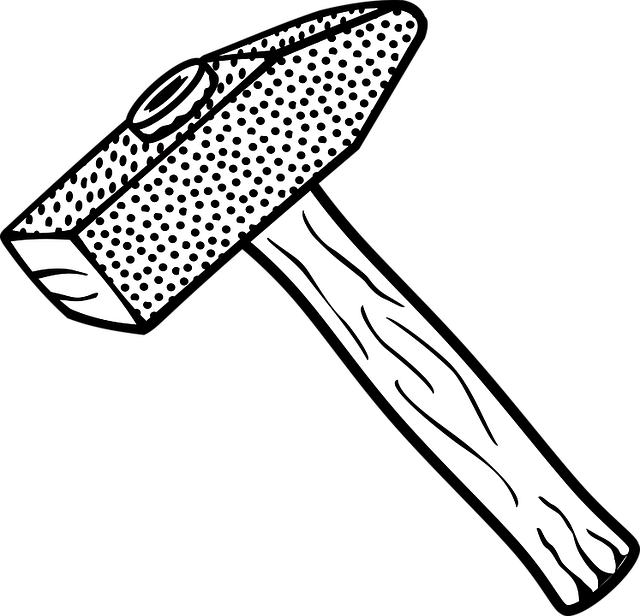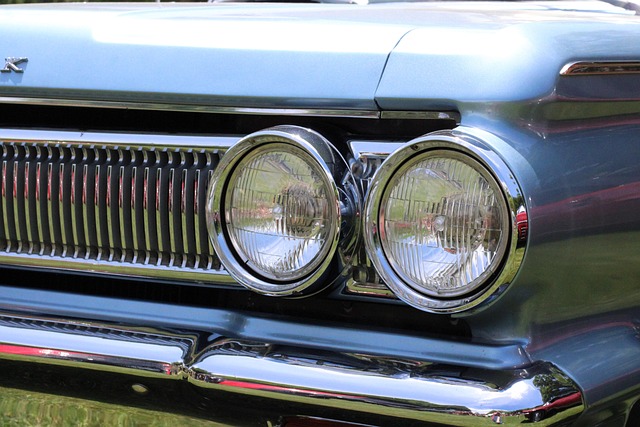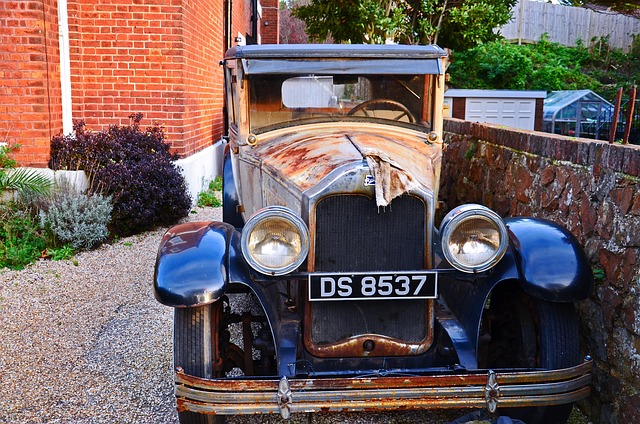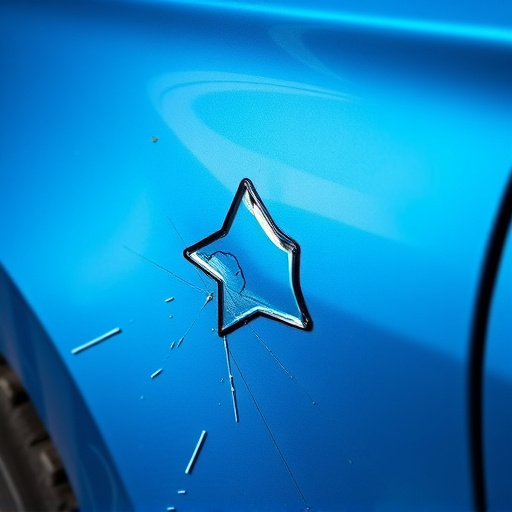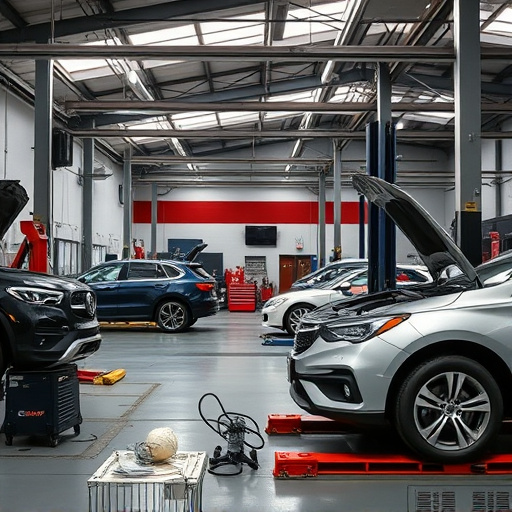Custom color matching is a meticulous process vital for collision repair centers aiming to restore vehicles' pre-accident aesthetics, particularly in luxury brands like Mercedes Benz. It involves using scientific data (HSV codes) and advanced tools (color meters, spectrophotometers) to accurately analyze and recreate colors across different surfaces. This critical process ensures brand consistency and client trust, extending beyond automotive to sectors like fashion and interior design. Skilled technicians employ methods such as spectral analysis, visual comparison, and computerized systems to achieve varying levels of precision in custom color matching for superior customer satisfaction.
Effective custom color matching is a game-changer in various industries, from design and manufacturing to fashion and beauty. It ensures that products meet customer expectations, enhancing brand reputation and satisfaction. This article guides you through mastering this art, covering everything from understanding the basics of custom color matching to implementing consistent practices. Learn about different techniques, essential training methods, and innovative technologies that will revolutionize your color matching processes.
- Understanding Custom Color Matching: The Basics
- – Definition and importance in various industries
- – Types of color matching techniques
Understanding Custom Color Matching: The Basics

Custom color matching is a precise art that involves accurately replicating or recreating specific colors for various applications. In the context of vehicle repair services, especially at a collision repair center, this skill is paramount to ensuring vehicles return to their pre-accident aesthetic condition, be it for a classic make like a Mercedes Benz repair or any other brand. The process begins with understanding the color’s unique code and chemical composition. Each color is identified by a specific formula, which includes information about its hue, saturation, and value (HSV).
This scientific approach to color ensures that every shade can be precisely matched across different surfaces and finishes. For instance, in a Mercedes Benz repair, where quality and detail are paramount, technicians must carefully analyze the existing color using tools like color meters or spectrophotometers. These devices measure light reflected from a surface, providing precise data about its color, which is then used to order exact matches or create custom shades tailored to the customer’s preferences.
– Definition and importance in various industries

Custom color matching is a precise process that involves accurately recreating or duplicating specific colors to meet customer expectations across various industries. This skill is paramount in sectors where aesthetics and precision matter, such as automotive, fashion, and interior design. In an auto collision center or collision repair services environment, for instance, restoring a vehicle’s original factory finish with exact color matching requires a keen eye and specialized techniques. The same level of detail is expected when delivering top-notch car paint services, ensuring vehicles look like new after repairs or customization.
Beyond auto-related fields, custom color matching plays a vital role in maintaining brand consistency and customer satisfaction across diverse industries. From manufacturing to art, achieving precise color replicates ensures products meet quality standards and aesthetic expectations. This meticulous process fosters trust and enhances the overall experience for clients seeking specialized services like those offered by collision centers or car paint professionals.
– Types of color matching techniques
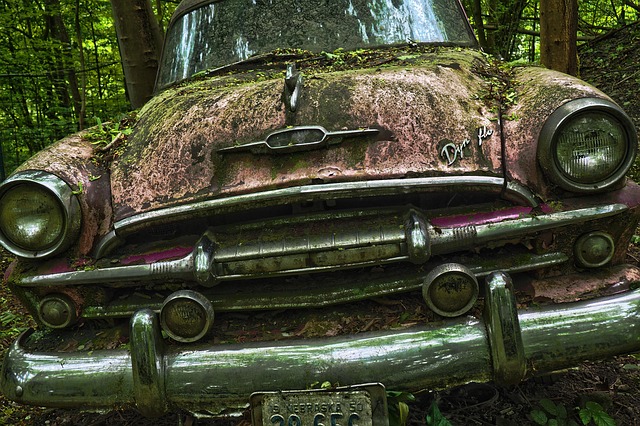
Color matching is a precise art, especially when it comes to custom color matching for vehicles, which requires skilled technicians in body shop services. There are several techniques employed to achieve this:
1. Spectral Analysis: This method utilizes advanced tools to measure and analyze the unique characteristics of colors. By comparing the spectrum of the original color with that of the matched sample, technicians can ensure an exact replica. It’s a precise science, especially useful for intricate shades and unique vehicle paint jobs.
2. Visual Comparison: A more traditional approach where skilled professionals match colors by eye. While it relies on human expertise, this technique is about understanding color theory and the subtle nuances between hues. It’s a fast method suitable for quick repairs but may not offer the same level of precision as spectral analysis, especially for custom or hard-to-find shades, which are often needed in vehicle repair services and tire services.
3. Computerized Color Matching Systems: With technology’s advancement, digital systems have emerged. These tools use coded color samples and advanced algorithms to match colors accurately. They offer a consistent and reliable method, making them popular choices for body shop services aiming to provide top-quality custom color matching.
Training staff to excel at custom color matching is a powerful strategy for any industry. By understanding the basics, familiarizing themselves with different matching techniques, and practicing consistently, employees can become experts in this art. Effective custom color matching not only enhances product quality but also boosts customer satisfaction, ensuring your business stands out in a competitive market. Embrace these training methods to empower your team and elevate your brand’s reputation.
